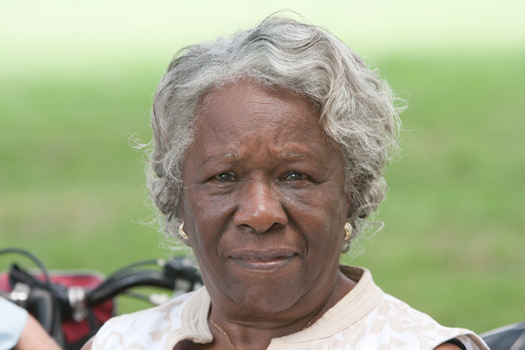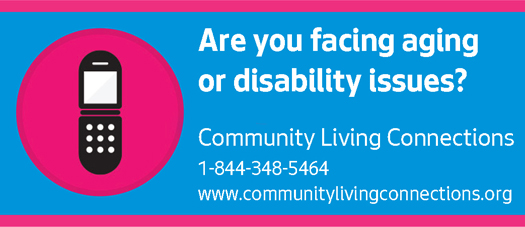Aging in Place: Getting Care That Supports the Ability to Live at Home

Many middle-income households will face the same challenges that my siblings and I do in providing care for an aging parent. What we learned along the way is the need to think several steps ahead—anticipating the need for caregivers, remodeling, and supportive services.
My mother lives alone in New York City. Like three out of four U.S. residents, she wants to age in place. My brother lives in the duplex apartment above her. He provides care while also working full-time in New Jersey. Family caregiving is supplemented by other services—including memory care—in the hours that he is away. He brings in respite care when he is away for a longer time.
Our mother has fallen several times and fails to wear her Personal Emergency Response System bracelet regularly but cameras inside her home alert my brother if there is an emergency. Since she is gradually losing mobility and struggles to climb the stairs to the second-floor bedroom she has slept in for the past 58 years, we are redesigning the house with an accessible first-floor bedroom and bathroom.
We are fortunate that our mother paid for long term care, set aside money for caregivers, and qualified for Medicare after 35 years as a public schoolteacher.
As illustrated above, there’s a range of issues to consider, most of which depend upon one’s financial resources and health. At the Stress-Free Aging conference in May, elder law and estate planning attorney Rajiv Nagaich shared that “estate planning for many individuals boils down to a question of housing.” Many people forget to consider the importance of housing when planning for later life. This oversight is a critical lapse. Rajiv stated that there’s virtually no other non-medical cost that’s as draining on one’s budget or financial plan as housing.
In Rajiv’s country of origin (India), almost without exception, people in later adulthood live with their children or extended family until their death. For an increasing number of U.S. residents, this also rings true. Currently one-in-five U.S. residents live in a multigenerational household—nearing the percentage of our population in 1950 but in far greater numbers.

Questions about aging, disabilities, caregiving, or housing options? Community Living Connections consultation is professional, confidential, and free of charge.
Another 28 percent of older people (who do not live in a nursing home) live alone. And many have fewer financial resources. According to the Washington State Plan on Aging, 54 percent of older Washington state residents earn less than $50,000 annually.
Whether living with family or living apart, housing and other care for older adults can strain both the budget and family dynamics. This is especially true in middle-income households. Those with higher incomes can purchase private care as needed; however, that can severely drain resources. Those families with middle incomes often struggle to find solutions.
Older people with lower incomes plus functional disabilities (i.e., limited ability to perform self-care activities) may be eligible for Medicaid-paid in-home assistance. Every care plan is different but those found eligible for Medicaid-paid care can hire, dismiss, and manage personal care providers for a specific number of hours each month and may also be eligible for adult day services, home modifications, home-delivered meals, specialized medical equipment and supplies, and other resources.
Participants who are eligible for in-home care are assigned a case manager who can help navigate complex medical and long-term care support systems. In King County, participants are assigned a case manager at Aging and Disability Services (ADS)—the Area Agency on Aging for Seattle-King County. Each year, ADS serves more than 14,000 older people and adults with disabilities, helping them determine which services and supports can help maintain their independence at home. Supportive services for unpaid family caregivers may also be available, even for those who are over-income for Medicaid services.
No matter what financial resources are available to you and your family members, it’s important to know that you do not have to figure out solutions alone. In Seattle-King County, no matter what income you have, you can contact Community Living Connections to request help—for yourself or a loved one.
Don’t wait for a crisis—keep the Community Living Connections number handy and call whenever you need answers: 1-844-348-5464 (toll-free).
Contributor Brent A. Butler, AICP serves as program manager of Age Friendly Seattle, an initiative to help make Seattle a great place to grow up and grow old.
![AgeWise King County [logo]](https://www.agewisekingcounty.org/wp-content/themes/agewisekingcounty/images/logo.png)